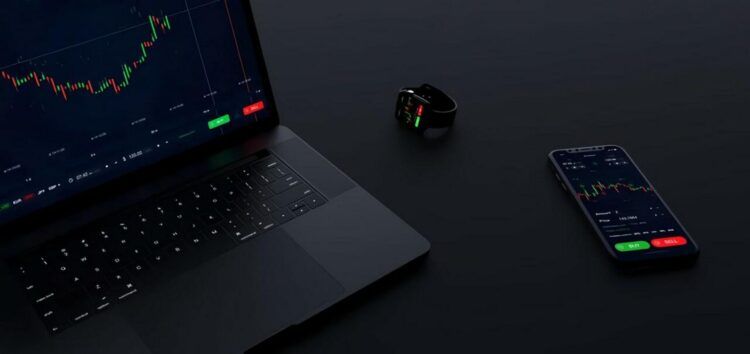In a single sentence, Futures trading is a financial practice in which two parties agree to buy or sell an asset or commodity at a predetermined price on a specified future date. But, it leaves a lot of questions unanswered, such as whether or not you’re now a shareholder or owner of the asset, what a Futures margin is, and how to go about trading them in the first place.
In this article, we will answer all of those questions and more!
Why are Futures popular?
Futures trading allows traders to hedge against potential risks and speculate on future market movements. They’re versatile, liquid, and can utilize leverage. When you buy a Futures contract, you’re not actually buying the asset, you’re buying a contract. This makes them much more lightweight to trade.
One essential aspect of futures trading is the use of margins, which serve as a financial buffer to protect both the buyer and the seller from the inherent volatility of the market. Before we dive into margins, it’s important to know that trading Futures can be done through leverage, meaning a lot of the position you’re taking is via borrowed money. This is to gain a larger position than your capital otherwise would allow, which of course brings great risk too.
What are Futures margins?
Futures margins are a type of financial guarantee that traders must provide when entering into a futures contract. They’re like collateral, somewhat akin to a deposit for a mortgage. Unlike margins in other forms of trading, such as stock trading, futures margins do not represent a down payment or partial ownership of the asset though – so they’re not too similar to a house deposit. Instead, they function as a deposit to ensure the financial integrity of the contract.
There are two primary types of futures margins: initial margin and maintenance margin. The initial margin is the amount a trader must deposit when opening a futures position. The maintenance margin is the minimum balance a trader must maintain in their account to keep their position open. If the account balance falls below the maintenance margin, the trader will receive a margin call, requiring them to either deposit additional funds to meet the maintenance margin, else they must close their position.
How Futures margins work?
When entering into a futures contract, both the buyer and the seller must post an initial margin, determined by the exchange or clearinghouse. This margin requirement is typically a percentage of the contract’s value and is designed to cover potential losses resulting from market fluctuations.
Margins are calculated and maintained daily, with gains and losses from the day’s trading being credited or debited from each trader’s account. If a trader’s account balance falls below the required maintenance margin, they will receive a margin call, which requires them to either deposit additional funds or liquidate their position.
For example, suppose a trader enters into a futures contract to buy 100 barrels of crude oil at $50 per barrel for a total value of $5,000. The exchange may require an initial margin of 10%, or $500, to be deposited into the trader’s account. If the price of oil drops to $48 per barrel, the trader’s account will be debited for the $200 loss ($2 per barrel x 100 barrels). If the maintenance margin is set at $400 and the trader’s account balance falls to $300, they will receive a margin call.
The importance of margins in Futures trading
Margins play a crucial role in futures trading by helping to manage risk for both the buyer and the seller. This is vital because the inherent risk of Futures trading is high due to the leverage.
Margin requirements can vary depending on the futures contract being traded and the level of market volatility. Contracts for more volatile assets or commodities may have higher margin requirements to adjust for the increased risk. In recent years, requirements have risen.
Failing to meet margin calls can have serious consequences for traders, including the forced liquidation of positions at unfavorable prices and potential account losses.
Understanding the risks and benefits of Futures trading with margins
Using margins in futures trading can provide traders with several potential benefits, including the ability to leverage their capital and potentially achieve higher returns. By only depositing a fraction of the contract’s value, traders can control larger positions and potentially profit from smaller market movements. But the opposite is true, too.
Futures trading with margins comes with inherent risks. Larger positions mean greater risk, so the capacity for big losses also rises. Additionally, the daily maintenance of margins can result in frequent margin calls, requiring traders to frequently deposit additional funds. This is a particular problem given that liquidity is an issue in today’s economy.
Margins play a vital role in futures trading by acting as a financial buffer to protect both the buyer and the seller from the volatility of the market. It’s an integral part of Futures trading, and it complicates things. This is why, until a trader is well-versed and practices good risk management, Futures trading is not suited to beginners.





